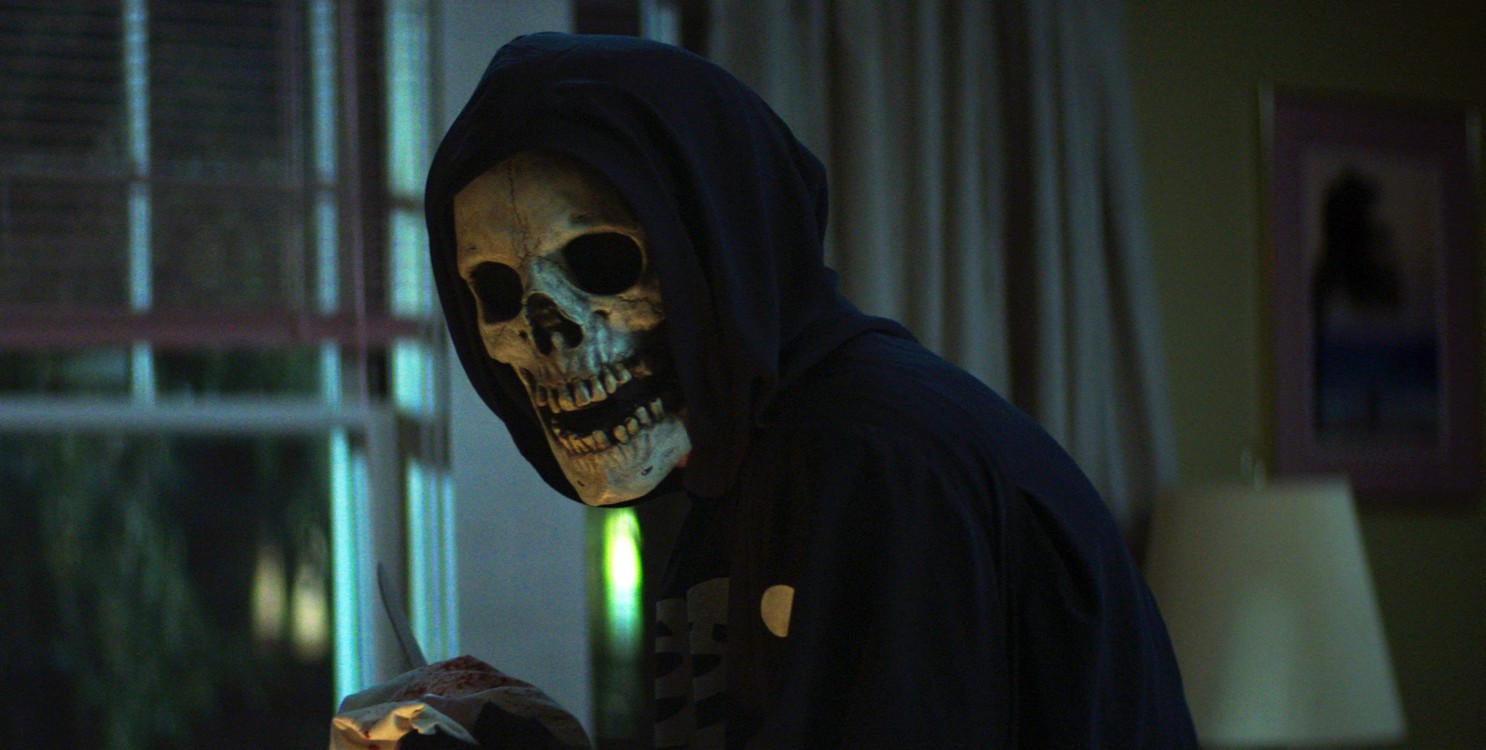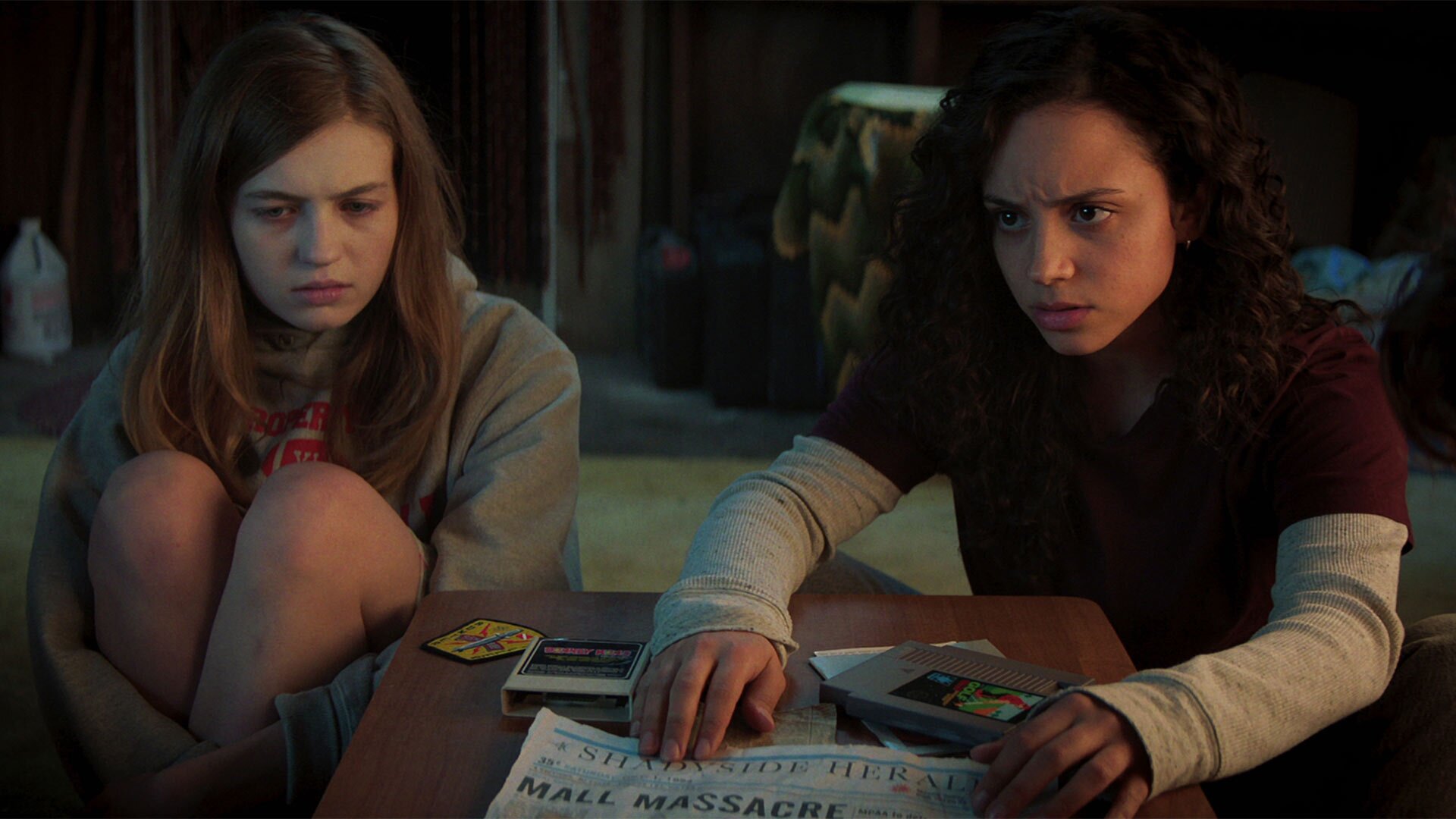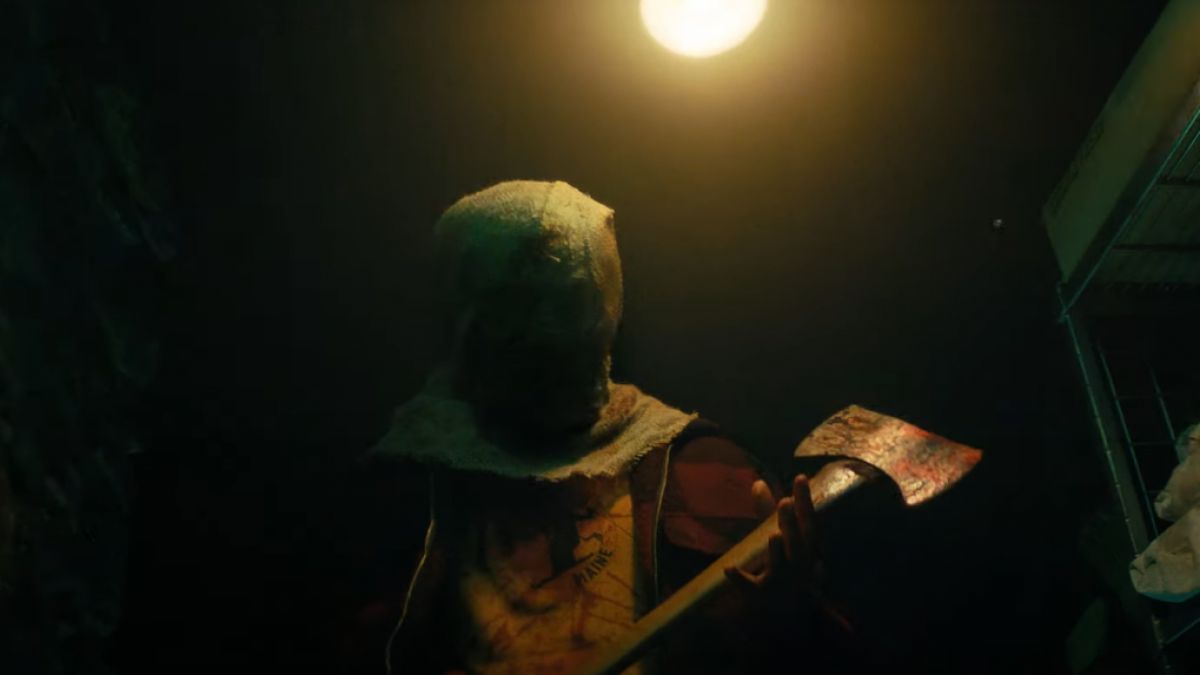Netflix just released an exciting new trilogy of movies, each released a week apart in a unique landmark event for modern horror movies. Each film introduces a different set of characters, each from a different era, but with one thing in common: Their town, and the violent curse placed upon it. And through each of these interconnected tales, a story unfolds as more of the history of the horrible curse is revealed.

Image courtesy of Netflix
Based on the book series of the same name by R.L. Stine, the mind behind the popular Goosebumps children’s books and T.V. Show. Fear Street takes place in the fictional town of Shadyside, Ohio, a small town stricken with poverty and misfortune and a longtime rivalry with the neighboring town of Sunnyvale, an affluent town of well-to-do suburbanites with more advantages than their Shadyside neighbors. And with a long history of grisly homicides, some of the younger denizens of Shadyside start to believe their town was cursed by a witch from centuries ago.
Part One: 1994

Image courtesy of Netflix
The movie begins with a blood-curdling, suspenseful sequence late at night at a shopping mall, with young employees just trying to close up shop when a mysterious killer dressed in a skeleton Halloween costume strikes. The sequence is very reminiscent of the opening to the 1996 horror classic Scream, with its tension and pacing. The whole movie is very informed by Scream and other ‘90s horror and slasher flicks, in style, tone, aesthetics, and themes. The pacing, however, doesn’t hold up throughout. The first three acts of the movie all feel incredibly rushed and, as a result, the characters and their relationships are stilted and undeveloped. The pacing finds its footing past the midway part of the film, making it more engaging, but we’re still left with a group of unlikeable characters wading through the complex lore of an ancient curse that plagues the town with paranormal serial killers.
Part Two: 1978

Image courtesy of Netflix
The second movie picks up where the first left off in 1994, with a woman telling our heroes her experiences narrowly escaping one of these cursed killers at an overnight summer camp in 1978. This time around, we’ve traded the Scream parallels for some Friday the 13th parallels, with tonnes of Camp Crystal Lake vibes. The second movie also picks up a lot of the slack of the first movie and has a stronger, more consistent pacing and more developed characters. The film doesn’t get bogged down with exposition like Part One had to set up the trilogy, and the character’s actions and motivations were clear and grounded. The events at the summer camp also took place over one night, making the timeline clearer and the pace feel more urgent and less scattered than the first movie.
Part Three: 1666

Image courtesy of Netflix
In the final installment of the trilogy, we go back even further in time and learn the origins of the curse plaguing Shadyside with these seemingly unstoppable serial killers. We learn that the witch whom everyone believed to be evil was actually a misunderstood outcast in her pioneer-era village, and the curse’s true origins have a huge impact on the heroes in 1994. Thus, the first half of this story takes place near the founding of Shadyside in 1666, and the last half back in 1994. In 1666, many of the actors throughout the first two movies appear as different characters, showing an analog between that period and the modern one. While this was refreshing to see these actors display their range (and portray some more likable characters), the plot for the colonial era half of the film felt very thin and unoriginal. We then return to 1994 to watch the rag-tag group of heroes fend off the tide of supernatural serial killers while trying to end the witch’s curse once and for all.
Fear Street was an ambitious move for Netflix. It’s a totally new format, as each film is structured like a standalone film but functionally acting like part of one of their many miniseries with the story being serialized between each installment. Ultimately, though, the trilogy trips over its own complexities. The rules of the curse and the behaviour of the killers are unclear and inconsistent, there are ideas that are introduced but never developed upon, and the characters act against their own interests and range from being likable but flat at best, to downright detestable at worst. There are some good moments, however, and the concepts and aesthetics are expertly executed. It was also refreshing to see a modern take on slasher movies in a market oversaturated with paranormal encounters, and the films successfully capture that unique sense of helplessness at the hands of a masked killer on the loose. Fear Street is recommended for horror fans looking for something new, but the movies don’t hold a candle to the classics that informed them.


